Hydrocinnamic acid
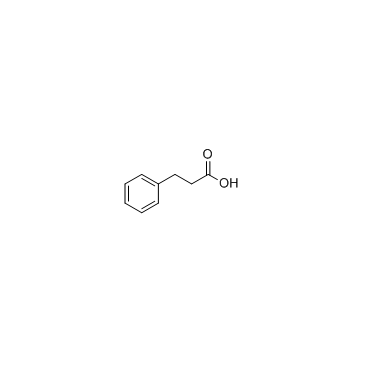
Hydrocinnamic acid structure
|
Common Name | Hydrocinnamic acid | ||
|---|---|---|---|---|
| CAS Number | 501-52-0 | Molecular Weight | 150.174 | |
| Density | 1.07 | Boiling Point | 279-281 ºC | |
| Molecular Formula | C9H10O2 | Melting Point | 47-50 ºC | |
| MSDS | Chinese USA | Flash Point | 170.0±13.9 °C | |
Use of Hydrocinnamic acidHydrocinnamic acid is the major rhizospheric compound with known growth regulatory activities. |
| Name | 3-phenylpropionic acid |
|---|---|
| Synonym | More Synonyms |
| Description | Hydrocinnamic acid is the major rhizospheric compound with known growth regulatory activities. |
|---|---|
| Related Catalog | |
| Target |
Human Endogenous Metabolite |
| In Vitro | The major compound, Hydroxyhydrocinnamic acid, is found to have a strong inhibitory effect on the elongation of radish root. The richness of Hydrocinnamic acids in the mixture is interesting, because they have synergistic effects on the gibberellic acid-induced hypocotyl elongation of lettuce seedlings[1]. |
| References |
| Density | 1.07 |
|---|---|
| Boiling Point | 279-281 ºC |
| Melting Point | 47-50 ºC |
| Molecular Formula | C9H10O2 |
| Molecular Weight | 150.174 |
| Flash Point | 170.0±13.9 °C |
| Exact Mass | 150.068085 |
| PSA | 37.30000 |
| LogP | 1.84 |
| Vapour Pressure | 0.0±0.6 mmHg at 25°C |
| Index of Refraction | 1.542 |
| Storage condition | 2-8°C |
CHEMICAL IDENTIFICATION
HEALTH HAZARD DATAACUTE TOXICITY DATA
|
| Personal Protective Equipment | Eyeshields;Gloves;type N95 (US);type P1 (EN143) respirator filter |
|---|---|
| Hazard Codes | Xi:Irritant |
| Risk Phrases | R36/37/38 |
| Safety Phrases | S22-S24/25-S37/39-S26 |
| RIDADR | NONH for all modes of transport |
| WGK Germany | 3 |
| RTECS | DA8600000 |
| HS Code | 29163900 |
| Precursor 10 | |
|---|---|
| DownStream 10 | |
| HS Code | 2916399090 |
|---|---|
| Summary | 2916399090 other aromatic monocarboxylic acids, their anhydrides, halides, peroxides, peroxyacids and their derivatives VAT:17.0% Tax rebate rate:9.0% Supervision conditions:none MFN tariff:6.5% General tariff:30.0% |
|
Metabolomic profiles delineate potential role for sarcosine in prostate cancer progression.
Nature 457(7231) , 910-4, (2009) Multiple, complex molecular events characterize cancer development and progression. Deciphering the molecular networks that distinguish organ-confined disease from metastatic disease may lead to the i... |
|
|
A metabolite profiling approach to identify biomarkers of flavonoid intake in humans.
J. Nucl. Med. 139 , 2309-14, (2009) Flavonoids are phytochemicals that are widespread in the human diet. Despite limitations in their bioavailability, experimental and epidemiological data suggest health benefits of flavonoid consumptio... |
|
|
High gastrointestinal permeability and local metabolism of naringenin: influence of antibiotic treatment on absorption and metabolism.
Br. J. Nutr. 114 , 169-80, (2015) The present study aims to determine the permeability of naringenin in the stomach, small intestine and colon, to evaluate intestinal and hepatic first-pass metabolism, and to study the influence of th... |
| 3-Phenyl-n-propionic acid |
| 3-Phenyl-n-propionate |
| Hydrocinnamic acid |
| w-Phenylpropanoic acid |
| propionic acid, 3-phenyl- |
| Hydrocinnamyl alcohol |
| b-Phenylpropionic Acid |
| 3-phenylpropionate |
| 3-Phenylpropionic Acid |
| 3-phenylpropanoic acid |
| EINECS 207-924-5 |
| Hydrocinnamate |
| ω-Phenylpropanoic acid |
| β-Phenylpropionic acid |
| Hydrocinnamic acid (8CI) |
| 3-Phenyl propionic acid |
| Benzenepropanoic acid |
| E-3-phenylpropanoic acid |
| MFCD00002771 |
| 3-Phenylpropionicacid |
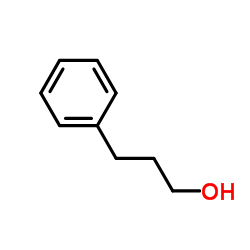 CAS#:122-97-4
CAS#:122-97-4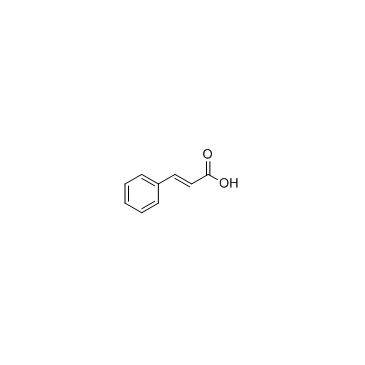 CAS#:621-82-9
CAS#:621-82-9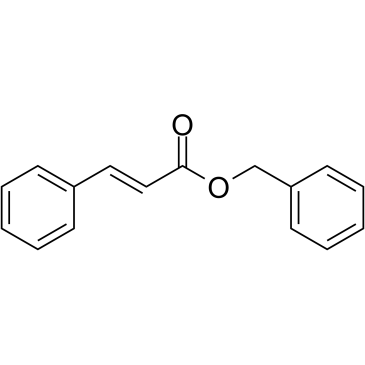 CAS#:103-41-3
CAS#:103-41-3 CAS#:79186-29-1
CAS#:79186-29-1 CAS#:104-53-0
CAS#:104-53-0 CAS#:15814-45-6
CAS#:15814-45-6 CAS#:124-38-9
CAS#:124-38-9 CAS#:103-63-9
CAS#:103-63-9 CAS#:140-10-3
CAS#:140-10-3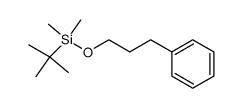 CAS#:69404-95-1
CAS#:69404-95-1 CAS#:108976-70-1
CAS#:108976-70-1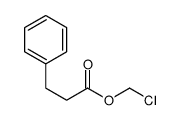 CAS#:104822-00-6
CAS#:104822-00-6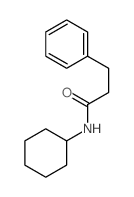 CAS#:10264-23-0
CAS#:10264-23-0 CAS#:100708-34-7
CAS#:100708-34-7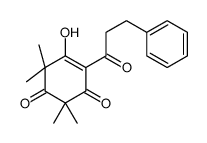 CAS#:10499-26-0
CAS#:10499-26-0 CAS#:107100-64-1
CAS#:107100-64-1 CAS#:5669-19-2
CAS#:5669-19-2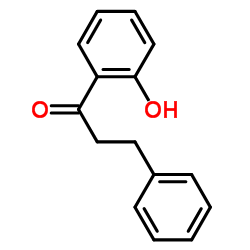 CAS#:3516-95-8
CAS#:3516-95-8 CAS#:292638-84-7
CAS#:292638-84-7 CAS#:3558-60-9
CAS#:3558-60-9
